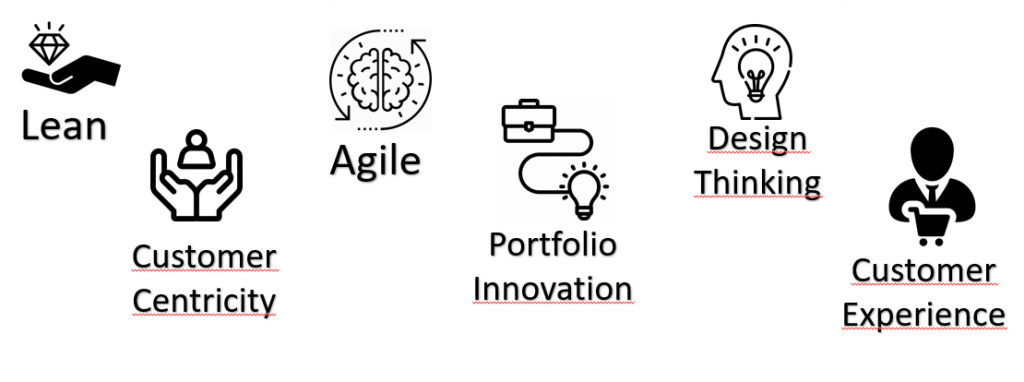Does this phrase ring a bell?
“Agile here hasn’t worked.”
I am surprised by the large number of companies that disown Agile. In most cases, despite having spent a great deal of time and resources on adopting the Agile mindset, they have decided to stop the initiative, remove the transformation team or even fired Agile Coaches because Agile has NOT worked.
Agile as a change of mindset
The main thing is to understand that Agile is a change of mindset or a new style of leadership. Once this has been internalized, it may seem that we already have the vision of what our Agile transformation entails. It is a key and very important point to want to implement in the organization systems to develop the intrinsic motivations of its workers; and to provide workers and teams with the necessary autonomy to be able to achieve their objectives.

The involvement of the People (HR) department is essential in this aspect to evolve the many areas that will help this change in the culture of the organization.
But all this, without the changes in the Operational part we will not achieve the objectives sought in the Agile transformations.
Agile Projects
Another aspect of Agile transformations is the operational side: how people are organized to reach teams.
It is common to see how the Agile transformation helps to rethink the way we work, we went from working in connected departments to working by projects. The different departments shift the focus from “delivering something to the next in the chain” to we are all here to achieve a goal.
Agile initiatives are launched: projects are initiated where a group of workers with specific skills collaborate over a period of time to achieve a goal. It is common for them to identify themselves as Scrum teams. The team is given autonomy to achieve its purpose.

This approach can lead to certain problems that hinder real change:
- Low dedication: People on Agile teams still have to attend to their day-to-day work.
- Unconsolidated team maturity: at the end of the project, the team is dissolved. This prevents the team from continuing to develop as a team. I just want to remind you that a team is much more than a group of individuals with complementary skills.
- Low organizational impact: initiatives can be successful (or not!) but in any case these initiatives are isolated elements within the whole organizational framework.
The Agile project approach is also limited in scope and it is difficult to achieve Agile transformation objectives.
Business Agility
We can define Business Agility as:
the organizational ability to change, learn and adapt business strategy in order to deliver quickly and thrive in a competitive marketplace
We cannot limit the scope of business transformation to teams with autonomy as this will limit the scope of the transformation.
Enterprise Agility goes beyond the teams themselves, putting also focus on the most important part of the organizations: the users or customers.
“there is only one person capable of firing an entire organization, and that is the customer.”
Dimensions of Business Agility
This ability to respond to the market must be developed in 6 different dimensions:

- Customer centricity: Putting the customer at the center. Many companies claim that this is the case and that the most important thing for them is their customers, but they…
Where do you think most companies put their focus?
A) In increasing sales and profits for the period
B) In better understanding your customers to bring them more value in the medium term.
- Customer Experience: How is the customer experience with our product or service.
- Lean: Identify what is value. The ability to enhance those activities that add value to the customer and minimize or eliminate all those activities that do not add value. A major challenge is to identify what is value.
- Agile: as a cultural change, deliver value to our customers in an iterative incremental way and use different feedback cycles to improve product and processes.
- Innovation Portfolio: we want to be the company that leads the market, have the capacity to innovate new products or services, or simply improve existing ones.
- Design Thinking: is a discipline that applies to the design process with a focus on the needs of people to solve a problem.
In subsequent articles we will further develop each of the above points.



